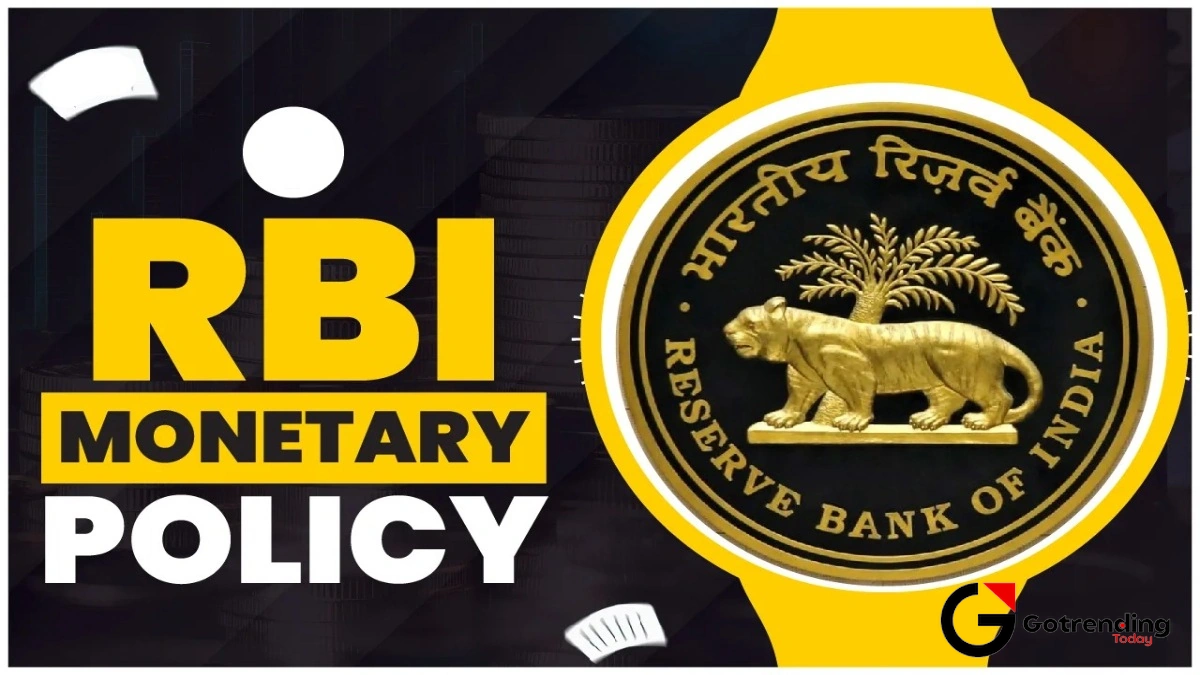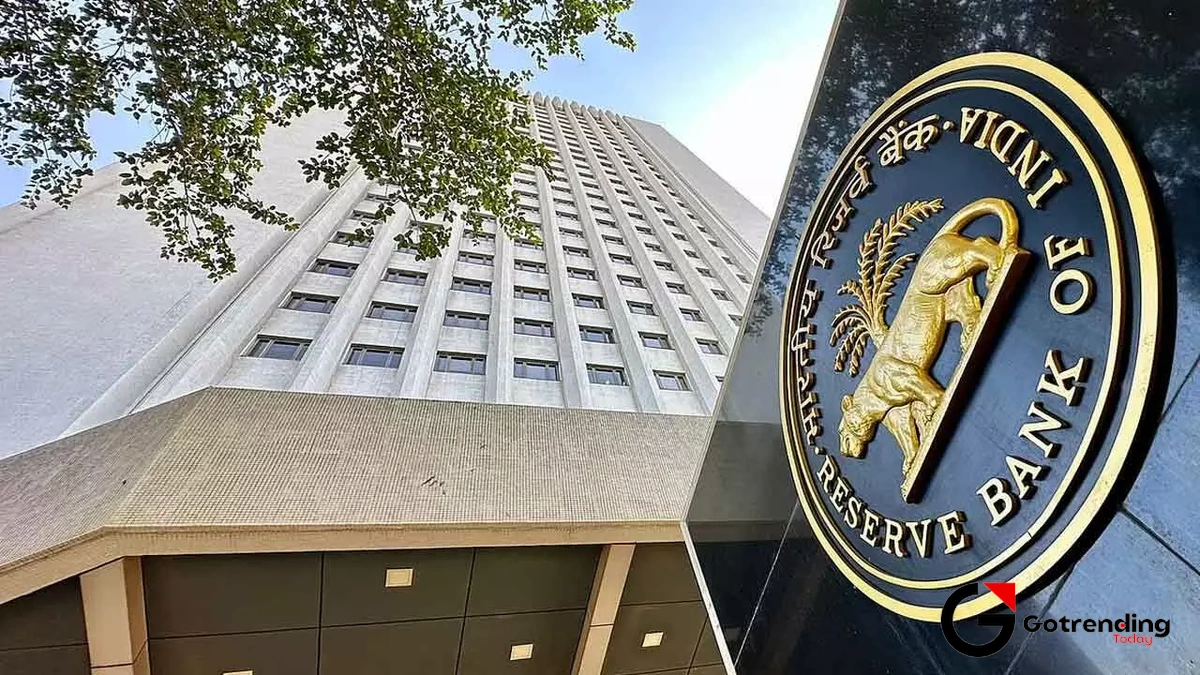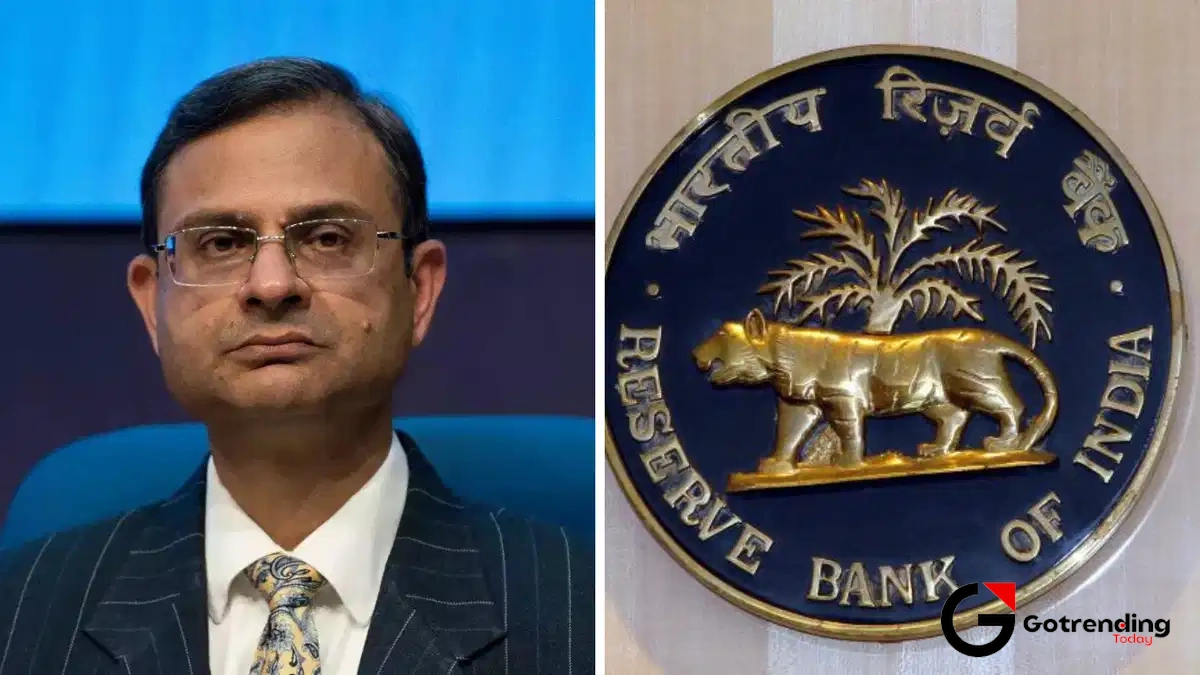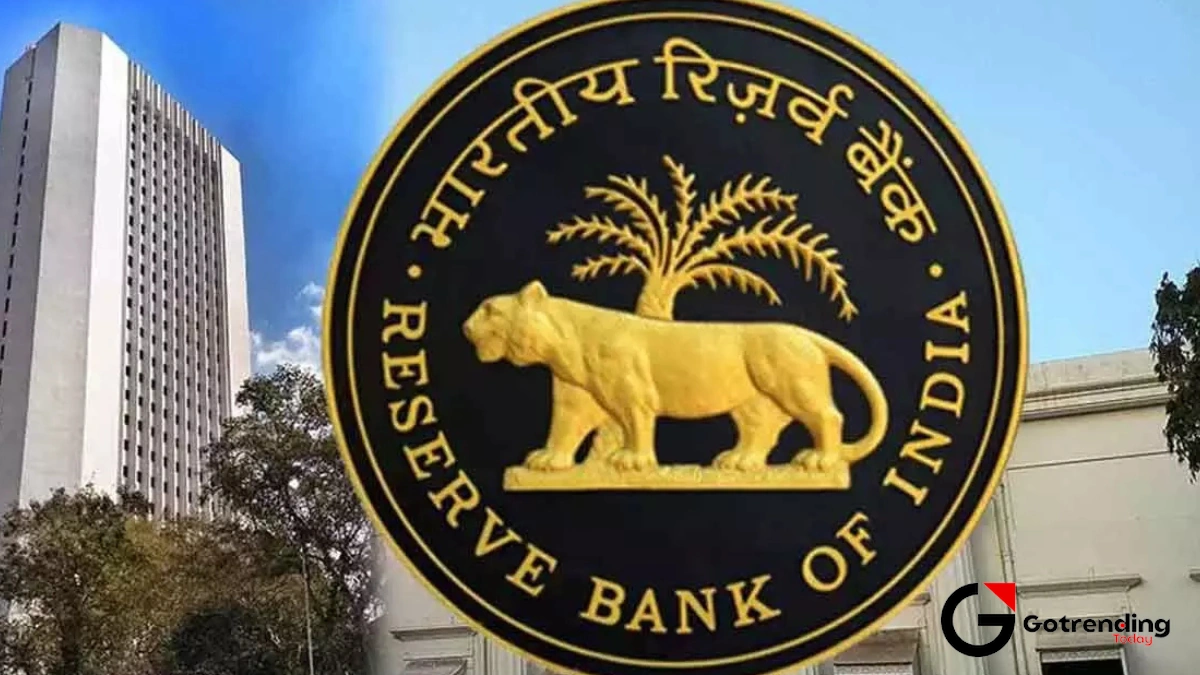The RBI Isn’t Just for Bankers. Here’s Why It’s Quietly Running Your Financial Life.
Let’s grab a virtual coffee. You, me, and a topic that sounds incredibly boring but is, I promise you, quietly shaping your entire life: the Reserve Bank of India, or the RBI .
I know, I know. Just hearing the name conjures images of stuffy old buildings in Mumbai, economists in grey suits, and charts that look like a heart attack on paper. We tend to switch off. We think, “That’s for the business news channels, for the people who own factories and trade stocks.”
But here’s the thing. Ever wondered who really decides the EMI on your new phone? Or why the price of onions can suddenly make you want to cry for reasons other than chopping them? Or how you can instantly send money to a friend in another city with just a few taps?
The answer, more often than not, leads back to that quiet giant on Mint Street. The RBI is the unseen manager of your wallet, the silent architect of your financial world. And understanding it isn’t just for nerds it’s a superpower. So, let’s demystify it, shall we?
The Grand Puppet Master | What Does the RBI Actually Do?

Forget the jargon for a second. At its core, the RBI has a few massive responsibilities that touch everything. Think of it less as a bank and more as the supremely powerful, neutral umpire of the Indian economic cricket match.
Its main jobs are:
- Issuing Currency: This is the obvious one. The RBI designs, prints, and manages our currency. It decides how many new ₹500 notes are needed and when to pull the old, tattered ₹10 notes out of circulation. It’s the sole source of the legal tender in your pocket.
- Banker to the Banks (and the Government): Your bank, whether it’s SBI, HDFC, or ICICI, needs a bank of its own. That’s the RBI. They all have accounts with the RBI. It’s the lender of last resort—if a bank is in serious trouble, it’s the RBI that steps in to prevent a collapse. It does the same for the Central and State Governments.
- Managing Inflation: This is arguably its most important and most difficult job. The RBI monetary policy is designed to keep prices stable. When prices rise too fast (what we call inflation in India), the value of your hard-earned money goes down. You can buy less with the same ₹1000. The RBI’s primary mandate is to keep inflation within a target band (currently 2-6%). It’s a constant battle.
- The Forex Guardian: The RBI manages India’s foreign exchange reserves—that massive pile of dollars, euros, gold, etc. This ensures that the Rupee’s value against the dollar doesn’t swing wildly and that we have enough foreign currency to pay for our essential imports, like crude oil.
It’s a delicate dance, really. The RBI has to juggle stimulating economic growth with keeping a lid on prices. It’s a job where you’re guaranteed to make someone unhappy, no matter what you do.
The Repo Rate Charade | Your Home Loan’s Secret Boss

Okay, let’s talk about the one term you’ve probably heard on the news: the “repo rate.” If you have any kind of loan home, car, personal this is where the RBI gets very personal with your finances.
So, what does RBI do with this rate? Let me break it down simply.
The repo rate is the interest rate at which the RBI lends money to commercial banks. Think of it as the wholesale price of money.
Now, imagine the RBI increases the repo rate. Your bank now has to pay more to borrow money from its boss, the RBI. What does your bank do? It passes that increased cost on to you, its retail customer. Suddenly, the interest rate on your new home loan goes up. Your EMI increases.
Why would the RBI do something so seemingly cruel? To fight inflation.
When interest rates are high, people and companies are less likely to borrow money. You might postpone that car purchase; a company might delay building a new factory. This reduces the overall demand for goods and services in the economy, which helps cool down prices. It’s like gently applying the brakes to an overheating economic engine.
Conversely, when the economy is slow and the RBI wants to encourage spending and investment, it cuts the repo rate. Your bank gets cheaper funds, it passes the benefit on to you with lower loan rates, and hopefully, you go out and spend. This is the economic accelerator.
So the next time you hear the RBI Governor , Shaktikanta Das, announce a change in the repo rate, don’t just see it as a headline. See it for what it is: a direct signal that will affect the cost of your future borrowing and the interest you earn on your fixed deposits. It’s not just finance news; it’s kitchen-table news.
From Your Wallet to Your Phone | The RBI’s Hand in the UPI Revolution

What fascinates me is how the RBI isn’t just a reactive institution; it can be incredibly forward-thinking. And there’s no better example than the digital payments ecosystem in India.
The Unified Payments Interface (UPI) that we use a dozen times a day? It didn’t just appear out of thin air. It was born out of the vision and regulatory framework set up by the RBI and its subsidiary, the National Payments Corporation of India (NPCI). The RBI created a sandbox a safe, regulated space for innovation to flourish. It pushed for interoperability, ensuring that a person with a Paytm wallet could seamlessly pay someone using Google Pay or PhonePe.
This proactive stance is why India is now a global case study in digital payments, leaving many developed nations in the dust. The RBI understood that a robust, cheap, and instant payment system was critical infrastructure for a modern economy. This kind of infrastructure is as important as good roads or stable electricity; it allows commerce to flow freely, something we see with every single QR code scan. And let’s not forget, all this progress happens while the RBI also focuses on broader economic issues, like understanding why some global companies thrive here while others don’t .
And it’s not stopping. The pilot projects for the digital rupee , or e-Rupee (CBDC), are the next frontier. This is the RBI’s attempt to create a digital version of cash, a direct liability of the central bank, which could revolutionize finance even further. It’s a testament to an institution that is constantly looking five, ten years into the future.
So, Why Should You, Sitting in This Cafe, Actually Care?

We’ve covered a lot of ground. But let’s bring it back to you, right here, right now.
You should care about the RBI because its decisions are a constant, invisible force on your financial well-being.
- Your Savings: When the RBI successfully fights inflation, it protects the purchasing power of the money you’ve painstakingly saved. A 7% inflation rate means your savings are losing 7% of their real value every year if they aren’t invested to beat it.
- Your Job: The RBI’s interest rate decisions influence the country’s economic growth. A growing economy creates more jobs. A slowing one can lead to uncertainty in the job market.
- Your Trust: The most crucial, yet intangible, role of the RBI is ensuring the stability of the entire banking system. You deposit your salary into a bank with the faith that the money will be there tomorrow. That faith is underwritten by the RBI’s oversight and regulatory power. It’s the reason a bank failure is a rare, shocking event, not a common occurrence.
The RBI is not a story about big finance. It’s a story about stability, trust, and the quiet, complex work of managing a trillion-dollar economy so that you can live your life with a degree of predictability.
Your RBI Questions, Answered
Who is the current RBI Governor?
As of late 2023, the Governor of the Reserve Bank of India is Shri Shaktikanta Das. The Governor is the head of the institution and the chairperson of its Monetary Policy Committee.
What’s the difference between Repo Rate and Reverse Repo Rate?
It’s simple. Repo Rate is the rate at which RBI lends to banks. Reverse Repo Rate is the rate at which RBI borrows from banks (to suck out excess money from the system). Think of Repo as the accelerator and Reverse Repo as one of the braking mechanisms.
Can the RBI just print more money to make everyone rich?
This is a common and fascinating question! The short answer is no. If the RBI printed tons of money and just gave it away, the amount of goods and services in the country would remain the same. This would lead to more money chasing the same amount of stuff, causing hyperinflation. The value of the currency would plummet, and we’d all be poorer, not richer. It’s a lesson many countries have learned the hard way. You can learn more about their functions on the official Reserve Bank of India website.
Why does the RBI keep buying gold?
The RBI holds gold as part of its foreign exchange reserves. Gold is seen as a safe-haven asset. Unlike currencies, its value doesn’t depend on any particular government’s policies. It’s a way to diversify assets and provide a buffer against global economic uncertainty. It’s a classic move to ensure stability.
How does the RBI’s monetary policy affect the stock market?
The effect is significant. Generally, when the RBI cuts interest rates (an “accommodative” or “dovish” stance), it’s cheaper for companies to borrow and expand, which is good for their profits and stock prices. When it raises rates (a “hawkish” stance) to fight inflation, borrowing becomes expensive, which can hurt corporate profits and dampen market sentiment. Investors, especially those looking at opportunities like an IPO GMP , watch the RBI’s every move.
So, the next time you tap your phone to pay for this coffee, see a news alert about the repo rate, or even just hold a crisp new banknote, give a little nod to the quiet giant in Mumbai. It’s not just a bank; it’s the guardian of our collective economic story. And understanding its language isn’t just smart it’s an essential act of financial self-awareness in modern India.













